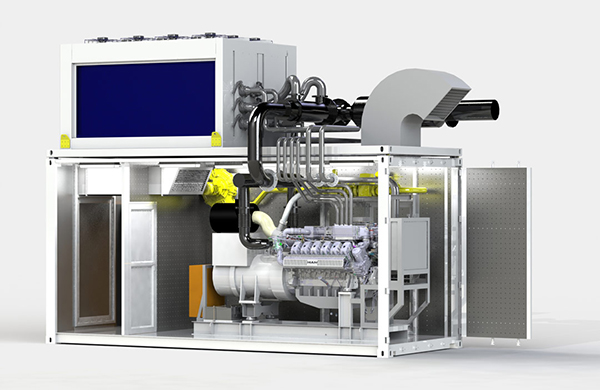REMEMBER the time before loadshedding when we had an abundant, reliable and stable electricity supply and we could plan our expansion and production schedules with certainty?
We didn’t have to make allowances for outages, at least not often and the price of electricity wasn’t an issue, although it did fluctuate depending upon consumption and the time of the day.
Fast forward to today when outages are commonplace, costs have skyrocketed and gone is the certainty of a continuous supply on a given day, despite loadshedding schedules.
Often, the level or stage of loadshedding changes with very little notice when Eskom experience an ‘unplanned breakdown’ irrespective of the schedule, so how do you run a business that is dependent on a stable power supply?
This is particularly onerous for businesses that require a continuous supply as a fundamental for their process – such as plastic extrusion, glass or ceramics manufacture, bakeries or CNC machining of ‘widgets’. In the latter case, unless there is a UPS (uninterrupted power supply) powering the machine tool, all software programming information can be lost, and a UPS for such a process requires many more kW than to power a computer or IT network.
Sudden loss of power won’t just result in spoiled loaves when the oven is switched off; it’s the consequential loss and disruption to production that can put a business under.
“There are several ways to mitigate this scenario” explains Ames Martin, founder and co-director of the Sustain Group which as the name suggests is in the business of supplying sustainable power through its three group companies; SustainPower, SustainSolar and SustainStorage.
“There is seldom just one solution to grid failure and even if you are blessed with a reliable supply, there are cost effective measures available that allow the switching from grid power to other forms when tariffs peak.
“This could be by gas to power generators, solar power or battery back-up or by various combinations of all three. While a substantial part of our business is the supply of gas to power generators, solar and storage options are available to not only keep the lights on but to provide reliable, stable and continuous power supplies, including peak shaving, tailored to a customer’s requirements.
“It’s not a one size fits all solution – each application is different if not unique, depending upon the nature of business, production, product process and throughput. What differentiates us from other energy companies is that we can analyse a client’s needs and come up with a single or multi-faceted solution.
While the majority of SustainPower’s business is in regions where there is a supply of cheaper, natural gas, its gas engines can run equally well on a variety of gaseous fuels such as biogas, flare gas and landfill gas, with emissions half that of coal fired generation, and substantially less than diesel or petrol fuelled generators.
Capacities start around 100kW and rise to many MW depending upon application. Turnkey units provide power for commercial and industrial back- up, standby and peak shaving and where combined heat and power is required. The more continuously an operation can run its gas generators or CHP’s, the better it’s pay-back.
Gas engines are sourced from either Germany or the USA while local suppliers provide alternators, control systems and mounting systems – all assembled in Sustain’s workshops in Paarden Eiland, Cape Town. From there they are transported all over the Republic and to other country destinations throughout sub-Saharan Africa.
“One of our first projects was to supply a microgrid application to a remote girl’s school in northern Malawi” says Martin. “Solar powered microgrids are becoming more commonplace and the answer to reliable electrical power in Africa’s remote villages, schools and clinics” he concluded.















